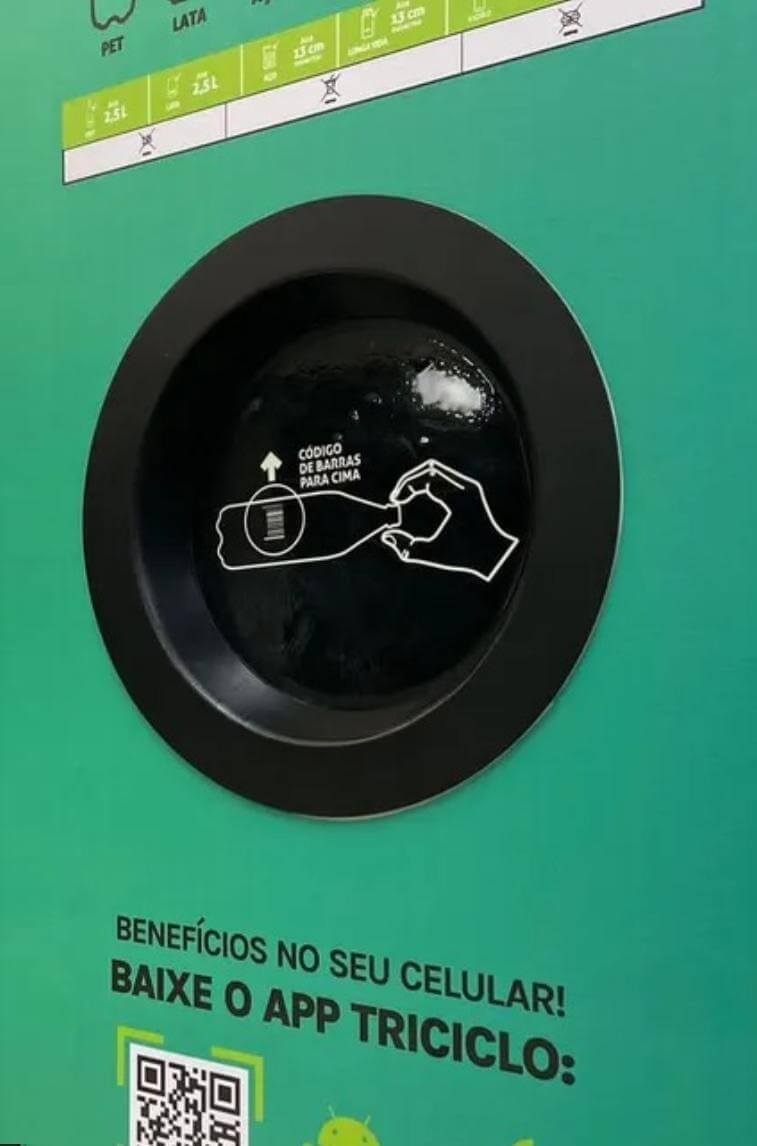Valor Econômico, from Curitiba, by Marli Lima Iacomini - 06/05/2023

By Writing Team
Posted in June 5, 2023

José Luiz Esteves da Fonseca, from MRV: “Solutions often need to be local, and every day an idea appears” — Photo: Valor Econômico, Globo
Strategies range from the search for renewable energy and executive compensation tied to environmental goals to clauses in contracts with suppliers.
Since the Brazil Network of the United Nations Global Compact (UN) announced the Ambition 2030 initiative, which includes one of the seven movements focused on the climate issue, a race has begun to reduce 2 gigatons of carbon dioxide equivalent (CO2 e) in cumulative emissions. Currently, 64 companies are committed to the Net Zero Ambition Movement, with the task of reducing greenhouse gas emissions in their own activities as well as those of their suppliers and customers.
To achieve this, they have initiated or reinforced strategies such as variable compensation tied to sustainability goals, the use of renewable energy and fuels, the inclusion of clauses in procurement contracts, and other emission reduction actions. The movement expects the engagement of top business leadership in actions to mitigate not only emissions produced by the companies themselves, as outlined in scope 1 of the agreement, but also those indirectly produced – scope 2 – and even those in scope 3, that is, those that are indirectly responsible.
Construction company MRV targets all three scopes while managing around 200 construction sites in 22 states. “The solutions often need to be local, and every day a new idea emerges,” says the executive sustainability manager, José Luiz Esteves da Fonseca. Since 2015, he says, MRV has offset nearly 85,000 tons of CO2e through the purchase of carbon credits. The company has sought solutions for the most impactful actions in its activity. Today, it has two solar power plants in Minas Gerais and Bahia and installs solar panels in the condominiums it builds to supply energy to common areas. “It ends up being an attractive selling point,” says Fonseca. MRV’s customers are usually younger and more connected to the climate issue.
Other initiatives include variable compensation for executives with a focus on sustainability, concern for construction materials – such as the use of reforested wood – and the reduction of fossil fuel consumption, with a requirement that 70% of fleet refueling be with ethanol. Fonseca says that MRV has been working to get suppliers to reduce emissions. “We don’t abandon them; we try to bring them towards sustainability,” he comments.
At Copel, the energy state-owned company of Paraná, one of the decarbonization goals is to achieve 100% generation from renewable sources; currently, it stands at 94%. The company has authorization to operate a coal-fired power plant and is studying how to remove it from its portfolio. It has also made public its intention to sell its stake in a gas generation plant, is seeking certification for administrative buildings, and has included sustainability clauses in contracts with suppliers.
Another goal involves replacing 50% of its light vehicle fleet with electric models. The first cars with the new configuration will start operating this month – by the end of the year, there will be 30 units, and by 2030, there will be 120. “We will minimize our emissions by 2030 and compensate for what is not possible,” says Vicente Loiácono Neto, director of governance, risk, and compliance at the company. According to him, the fact that the state-owned company has to comply with procurement norms when purchasing products prevents the inclusion of more radical requirements.
Another aspect of this movement involves companies like Biofílica Ambipar Environment, which works in forest conservation and restoration in the Amazon, Pantanal, and Atlantic Forest to generate carbon credits and is creating a decarbonization platform for the industry and waste management. “We will directly look at the customer, their emissions, and we will compensate for the decarbonization that is not possible with the credits we have,” explains Plinio Ribeiro, co-founder and CEO of Biofílica. According to him, with today’s technologies, some emissions cannot be reduced by 100%, which is why there will be a demand for compensations in the market.
Ribeiro says that although many companies have emissions management departments, the processes are often archaic, focused on consumption data for an annual information report – which, according to him, can sometimes be inaccurate. “Reliability is the keyword. We have customers whose focus is to produce cement or sell meat. Our role is more technical; it is to bring the best practices, to look at what is happening out there,” he states. “The carbon market is new, it is forming, it has asymmetry, and there is a need to have real, measurable results.”
